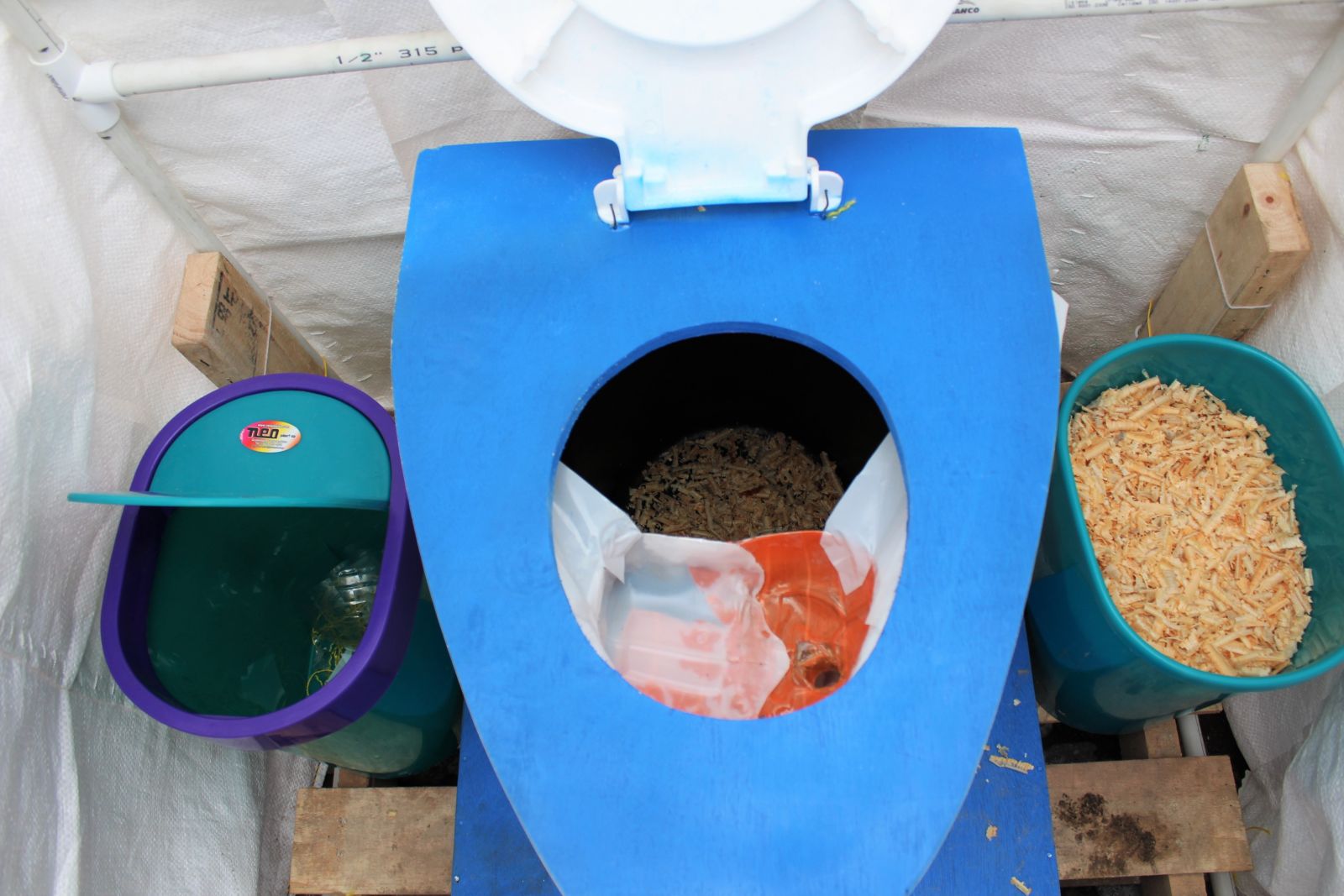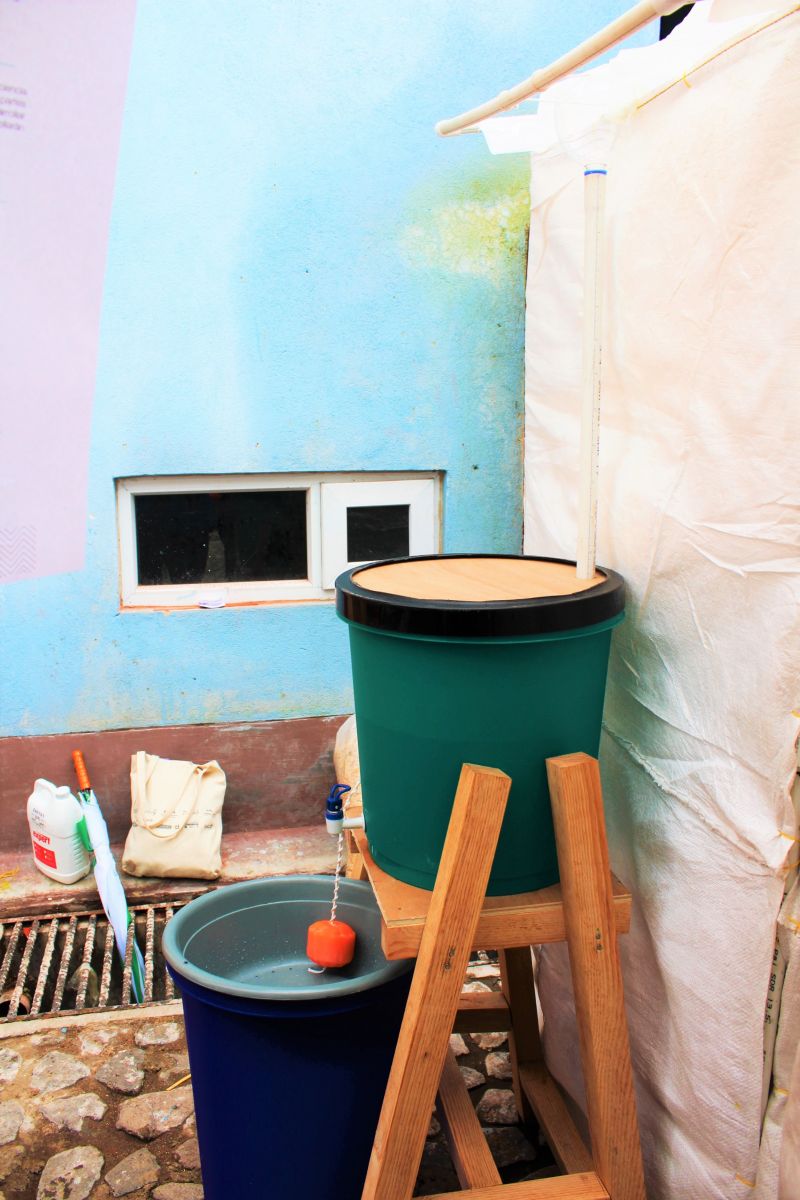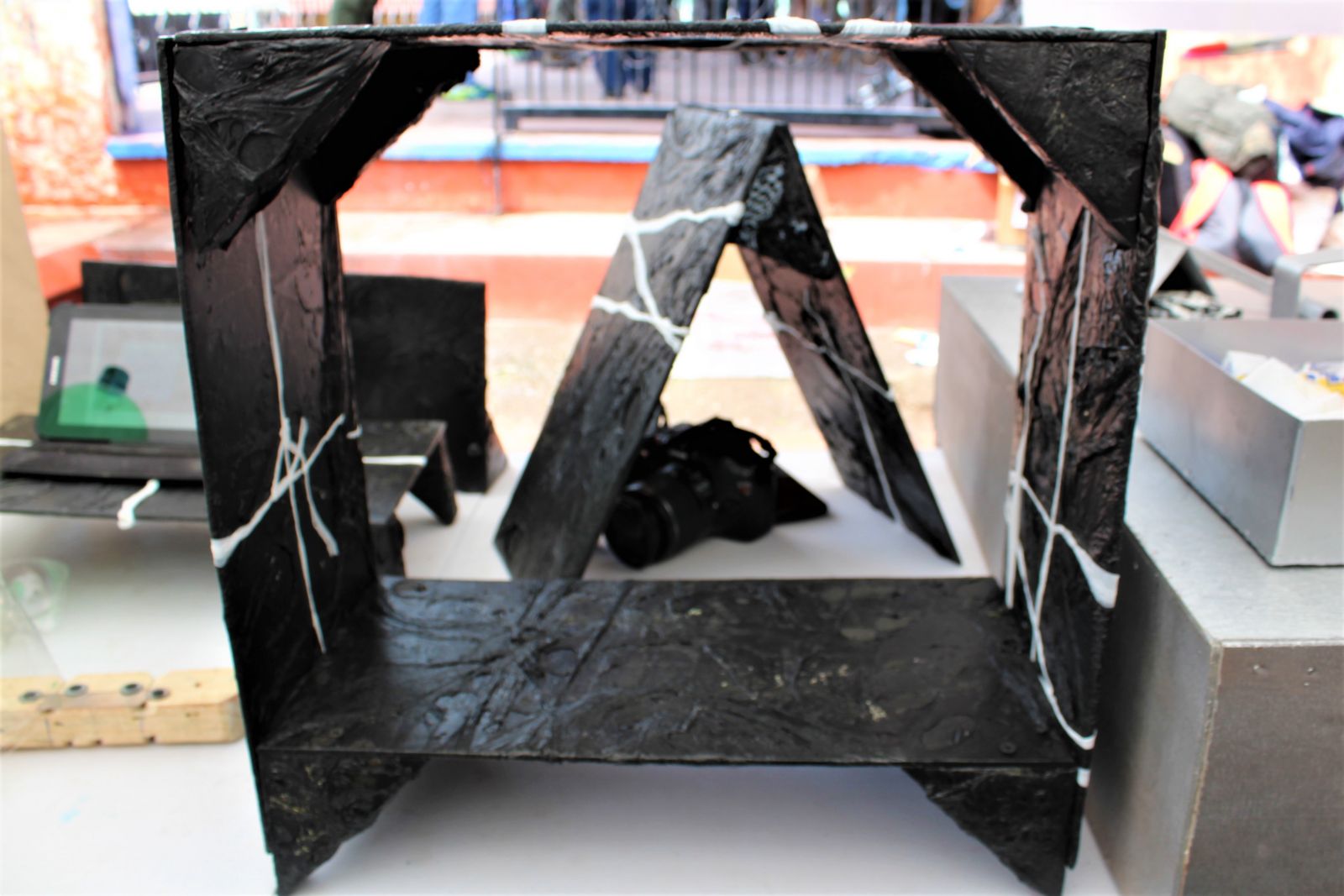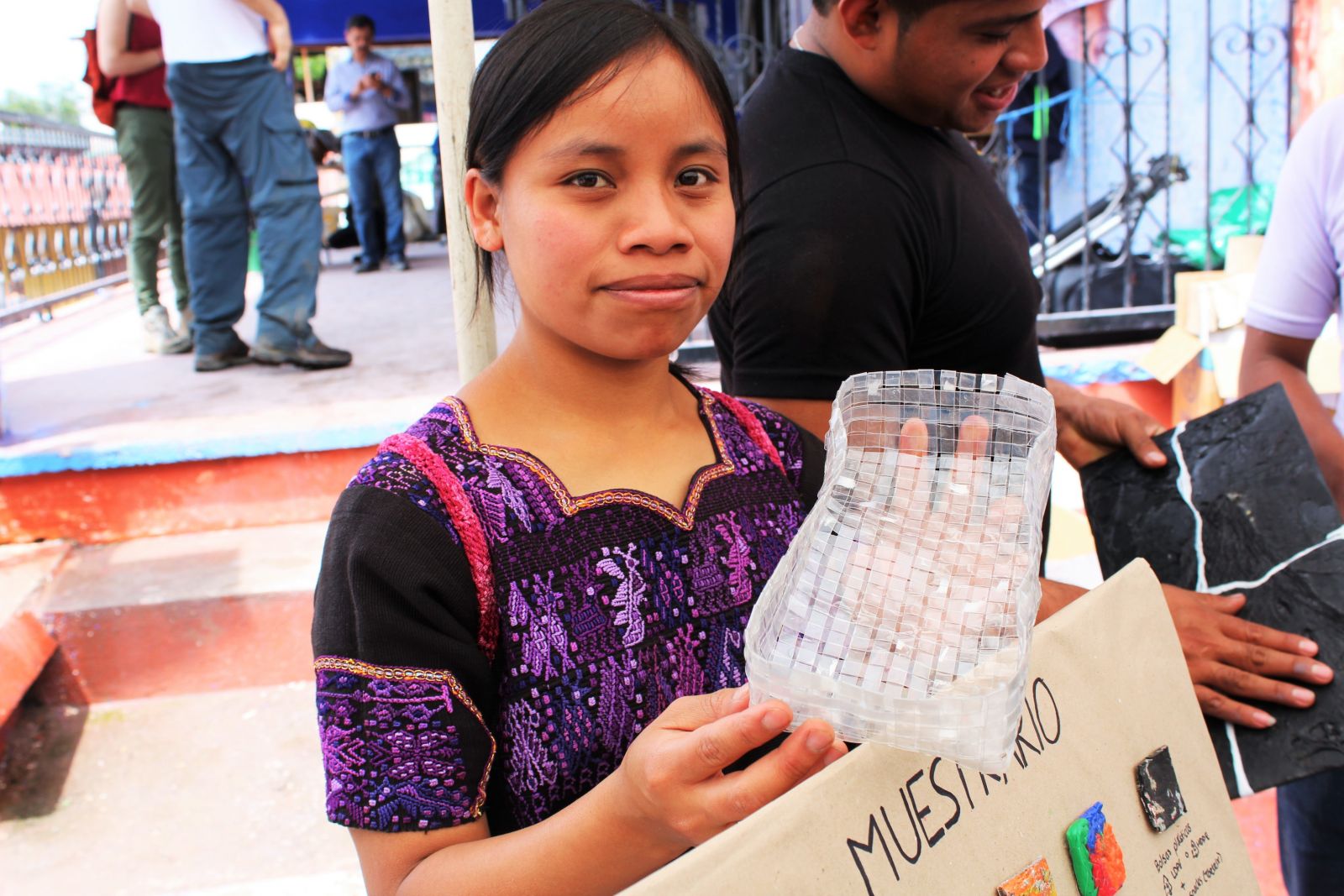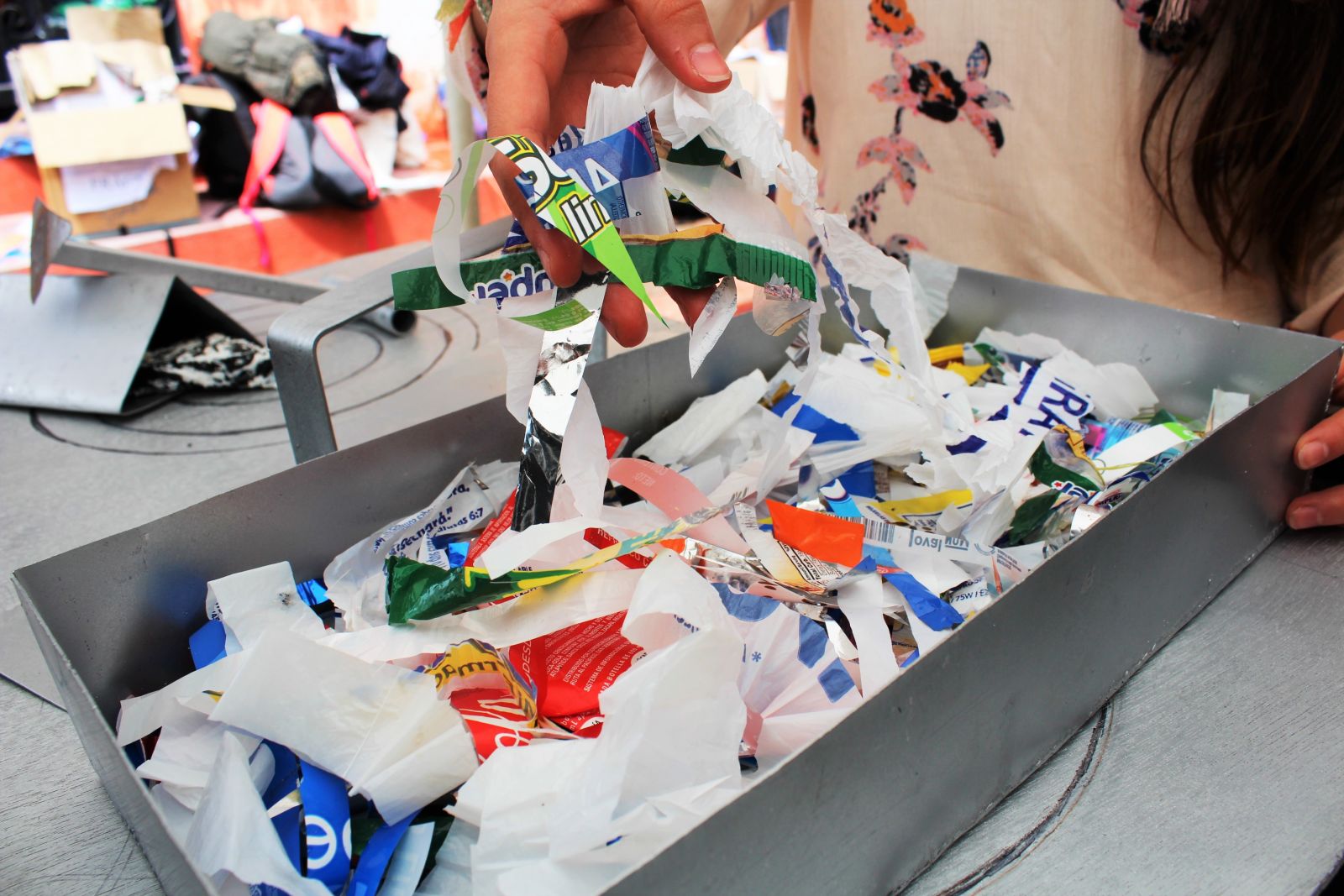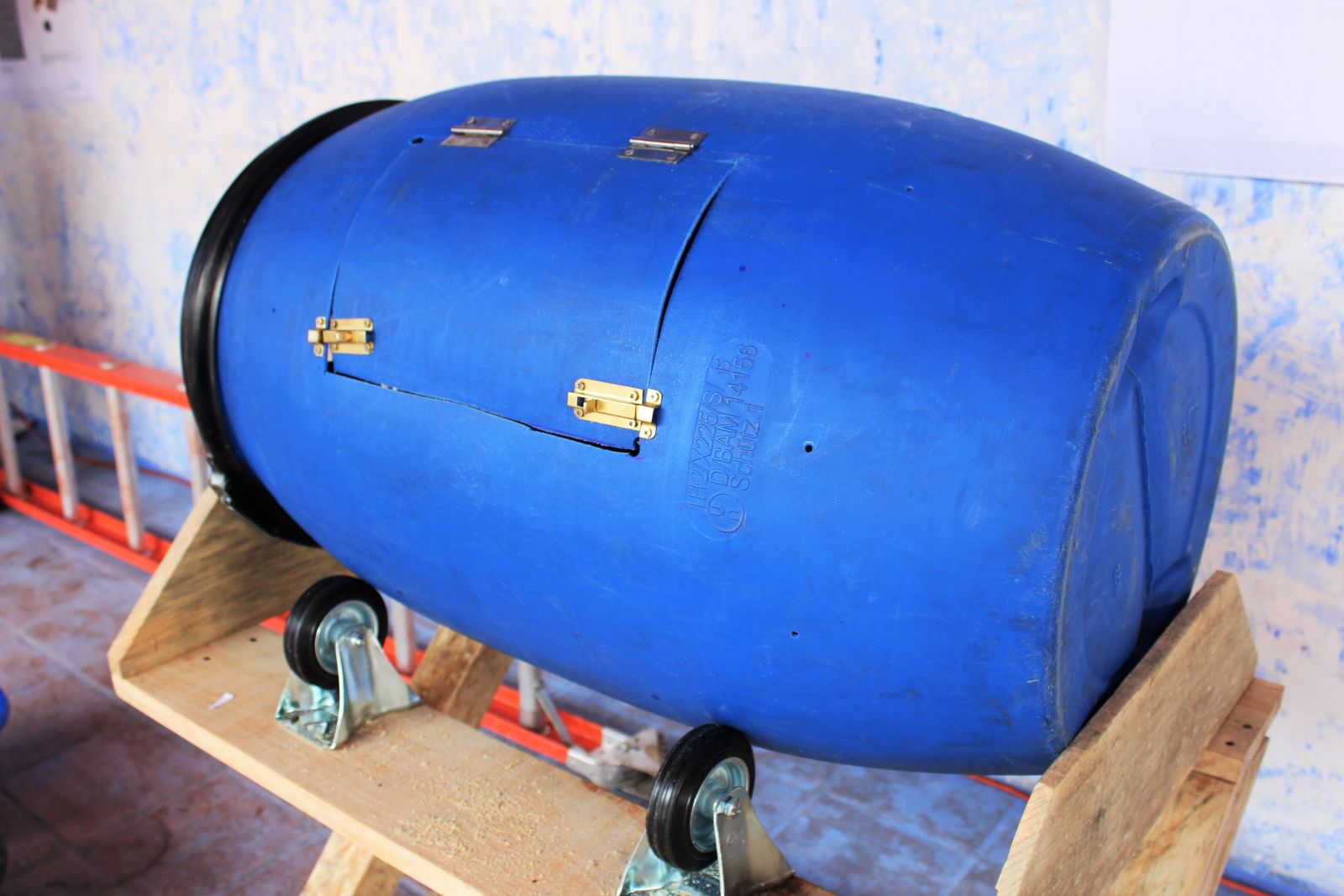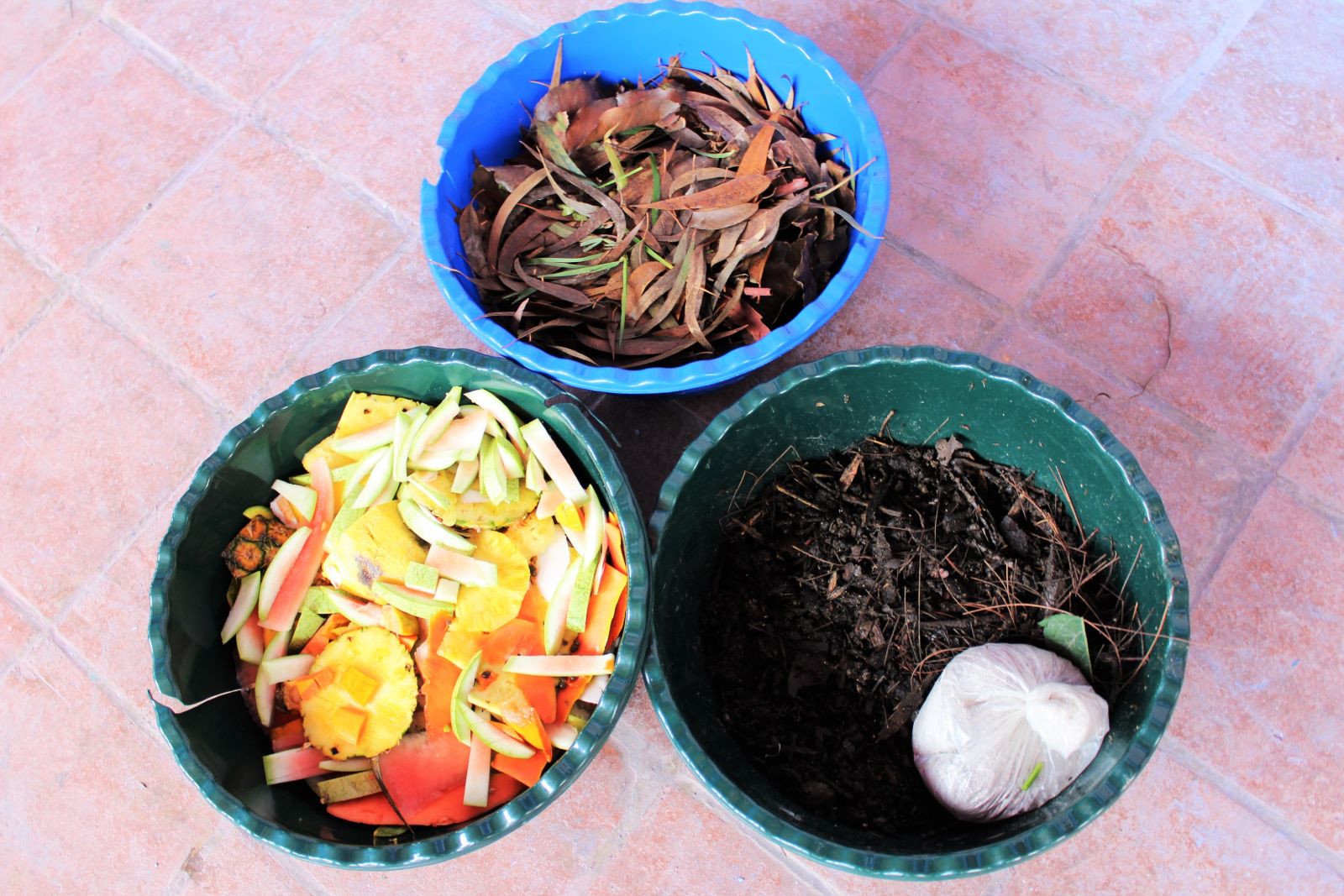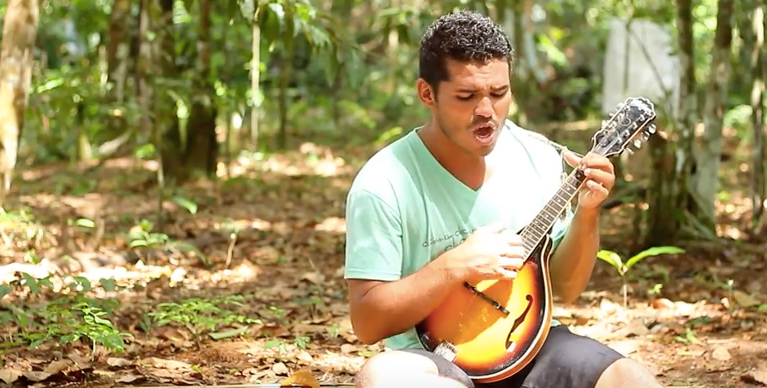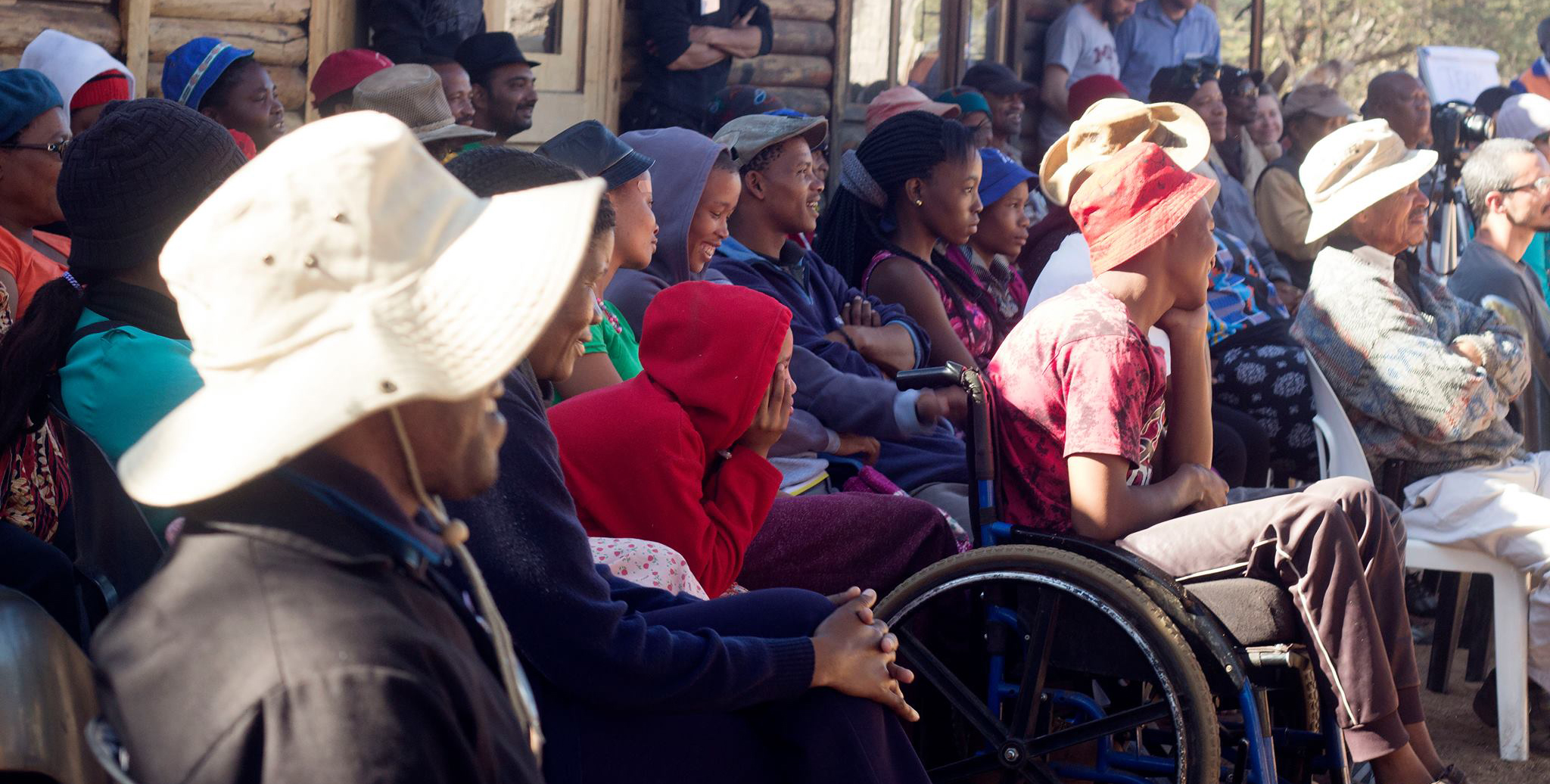Innovar Juntos: Co-Creating Sustainable Homes in Sololá, Guatemala
It’s 8:00 a.m. Slowly, a giant circle of 60 individuals forms in the basketball court, catching some sunshine before the day’s rain. It’s time for the group’s favorite activity: El Círculo de La Mañana (Morning Circle). We share games, jokes and activities from around the world. A mix of Spanish, Kaqchikel, Portuguese and English can be heard as the group laughs with one another and enjoys each other’s company.
IDDS Hogares Sostenibles took place over two weeks, from June 4th to June 20th, in the mountains of Sololá, Guatemala. Participants from Central and South America, the United States, Europe, and as far as New Zealand joined community members from Santa Catarina Palopó to co-create solutions to local challenges. Eight teams formed on themes ranging from cookstoves to sanitation, for a summit filled with innovative design to create sustainable homes in Santa Catarina.
Here’s what they’ve created!
Briqueta Palopó
One of two Cookstoves teams focused on a common household problem: firewood. Families often spend many hours a week collecting firewood for cooking. During the rainy season, shortages of dry firewood can result in families choosing to burn plastics or other toxic materials to start necessary fires. When firewood is available, the issue of smoke arises, which can cause negative health impacts such as respiratory infections in children.
Using locally available materials, including those often unused, the team was able to create a cleaner alternative to firewood! Briqueta Palopó is made from materials such as pine leaves, locally-sourced candle wax, corn cobs, corn husks and more, the brick is made primarily of organic waste. These materials create a white smoke when burned, and is not harmful in comparison to typically used firewood.
Briqueta Palopó has a smart two-layer structure that allows for both quick ignition and long-lasting burning. Its temperatures reach that of a typical fire, yet one brick’s duration is that of more than one piece of firewood.
After many attempts, Sandra and her team developed a formula that can be easily re-created. Using a mold and wooden press, the process of creating the briquettes is quick and simple. This alternative fuel source sparked great interest in Santa Catarina and holds much potential for growth!
Chaparra Redonda
A second Cookstoves team focused on the cookstove itself. Prior to the team’s arrival, women in Santa Catarina created a model of what an ideal stove would look like if they had the opportunity to contribute to its formation. By co-creating and considering local needs, the team followed this idea by creating a circular stove, following the design of more traditional round cookstoves. This shape is ideal for cooking several things at once, including a common dietary staple: tortillas!
The Chaparra Redonda has a unique structure that allows for heat to be distributed in a way that water can boil without burning other meal components like tortillas. The design also requires less firewood, which minimizes harmful emissions, and prevents smoke leakages which are currently a problem in many households. Built by users, this cookstove better serves the needs of families in Santa Catarina, while preserving the family stock of firewood through more efficient usage.
Read the report here!
Quemador para Tuj
The Energy team concentrated on a traditional household component in indigenous culture: the temezcal. These structures are built within or next to homes and are used for bathing through a sauna-like process. Water is transformed into steam, usually through heating by an open-fire. Temezcals consume part of the family’s stock of firewood, and result in harmful smoke being released. Quemador para Tuj has a unique design similar to that of a rocket stove, allowing for quick heating that requires less firewood. Additionally, the exhaust is directed out of the temezcal through an exhaust pipe, preventing smoke-related health effects. Two versions of Quemador para Tuj have already been installed within homes in Santa Catarina, and there is great interest in expansion of this creative design!
The team also focused on an educational campaign centered on bringing attention to energy costs associated with incandescent versus LED lightbulbs. Initially, LED lightbulbs cost more than incandescent, but cost about 7 times less in monthly energy costs. LED bulbs also last much longer. Incandescent lightbulbs create more heat than light, costing more in energy and being much less efficient. By bringing attention to these facts, the energy team hopes to increase LED bulb usage in Santa Catarina, and reduce the amount of money used on energy associated fees for families!
Read the report here!
Huertos Familiares
The Food team’s priority was to bring access to nutritious foods on a household level. Malnutrition is a great issue in Guatemala, disproportionately impacting indigenous communities. Families in Santa Catarina almost all lack access to land, and are unable to produce nutritious fruits and vegetables. A fresh market is available in town twice a week, but families are often required to visit a neighboring town if they would like more regular access to vitamin-rich foods. The Food team considered an innovative approach to using the little space that families have available within their homes through creating a hanging garden – made from locally available materials!
Additionally, the team created informational cards with important data about nutritious vegetables that can be grown in the home. The amount of water needed, necessary sunlight, available vitamins and minerals and even an easy recipe are included. Families who participated in an educational workshop during the summit received seeds to make these home gardens a coming reality!
Read the report here!
Nim'Ya
A team focusing on Water was concerned with the unequal distribution of water and lack of safe and sanitary water storage options. Due to the current structure in Santa Catarina, many households are often without access to reliable water. By designing Nim’Ya, families can take advantage of rainfall through a rainwater-catchment system. This system can be attached to any roof in Santa Catarina. The water is funneled into the household after being run through a filter to ensure any contaminants are removed.
Nim’Ya then stores the water in a large container that features a valve for easy extraction and usage. This setup allows for the water to be used without opening the storage container – preventing insects and bacteria from entering the container. This ensures more sanitary practices and greater access to water!
Read the report here!
Ecosan
The Sanitation team focused on toilets: many homes lack access to water and proper sanitation. Of the 1,000 households in Santa Catarina, only 200 are currently linked to a sewage treatment plant, resulting in many others polluting the nearby Lake Atitlán. Ecosan is an educational prototype, equipped with a two-compartment dry toilet. This allows for solid and liquid waste to be separated. This solid waste then has the potential to be used to create compost that can either be sold or used in family gardens!
Through a rain-catchment system, water for handwashing is also captured and stored directly next to the toilet. This allows for prompt and easy cleaning, contributing to proper sanitation practices.
Read the report here!
Natz'uk
One of two Waste teams focused on plastic waste, a commonly found problem. The Waste teams spent a day following the municipality-run waste collection services, which runs through the main street of Santa Catarina a few times a week. Homes located near the main street are able to easily dispose of their trash, however many homes remain far from these services. As a result, waste is often be littered, especially in areas further isolated from municipality services. When visiting the local dumping site, the team also learned that plastics are not required to be recycled, leading to much of this waste being added to the dump.
The team decided to create a “kit” that allows for households to reuse and recreate their plastic waste. One component of this kit is an easy-to-make mini PET bottle stripper, which allows for old bottles to be transformed into strips that can be woven into baskets or containers.
Plastic bags, such as those from chips can be cut into strips. By melting these strips in a mold (that can be kept next to the household stove), unwanted plastic bags can be recreated into shelves and other useful furniture pieces!
Read the report here!
Ciclo Rotatorio
The second Waste team focused on a local resource that is often not taken advantage of: organic waste. By creating Ciclo Rotatorio, organic waste can be collected and used to create compost. The compost produced can then be used to increase yield of nearby production by being sold, or can be incorporated into (soon-to-be) family gardens! Ciclo Rotatorio’s structure is fit with a small drain to allow liquids to be easily removed. The wheels on its base allow for the barrel to be easily rotated as necessary to ensure an efficient compost process is underway inside.
The team created posters and signs that share information about what types of organic waste can be used for compost as well. The team hopes to further develop the prototype to contain several compartments, allowing for different groups of compost (based on different starting times) to be created simultaneously!
Read the report here!
***

Although the summit has come to an end, these projects will continue to be developed. 60% of participants plan to remain actively engaged with their projects, and the Universidad del Valle de Guatemala, along with lead organizers, hope to take these innovations to the next level!
Through co-creation and community participation, innovations that truly serve local needs can become a reality!





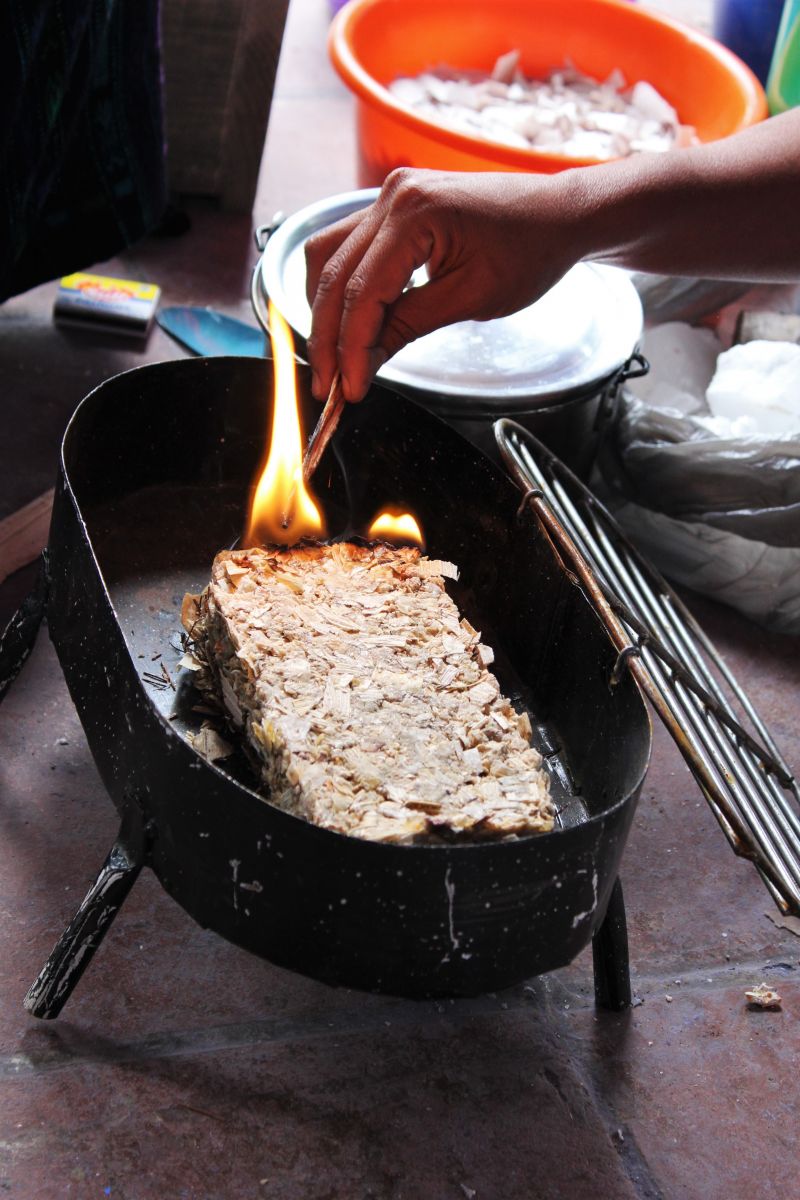
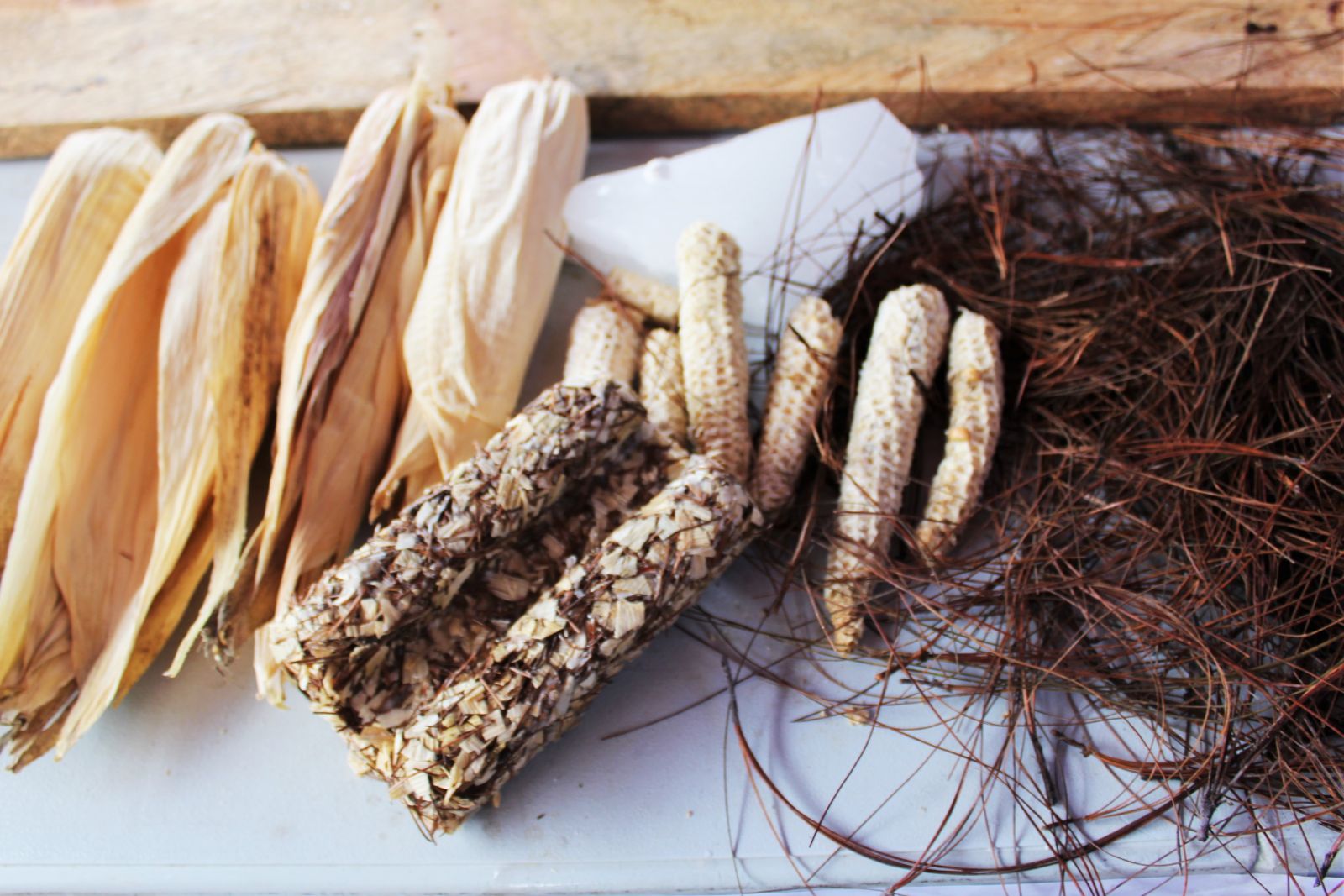
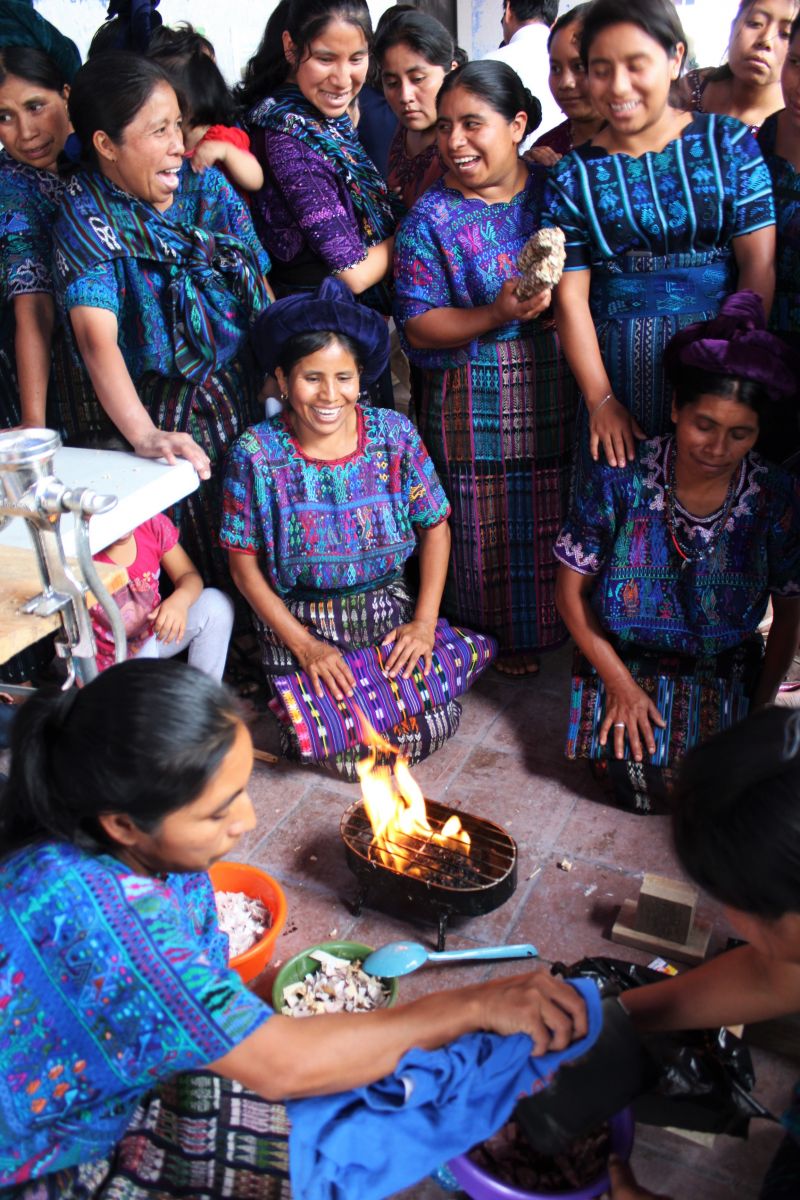
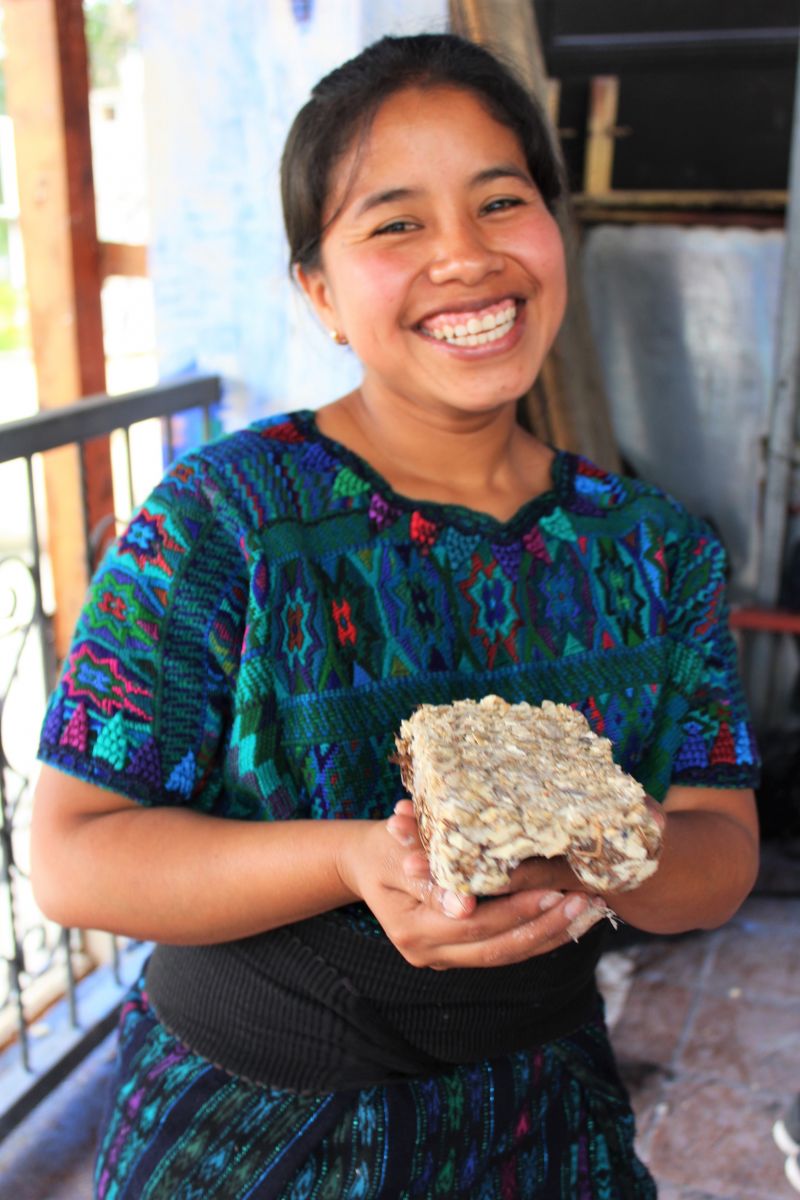
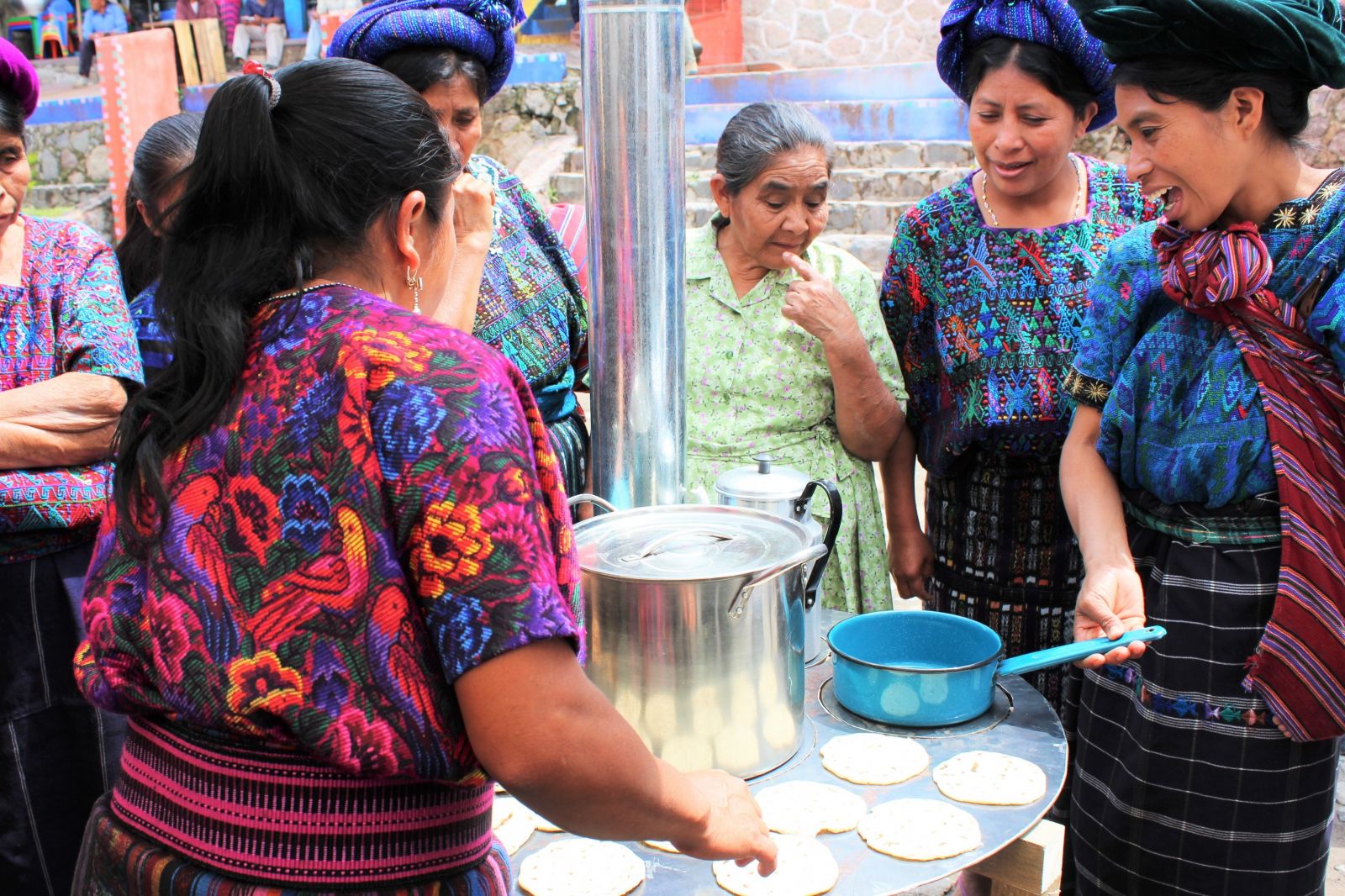
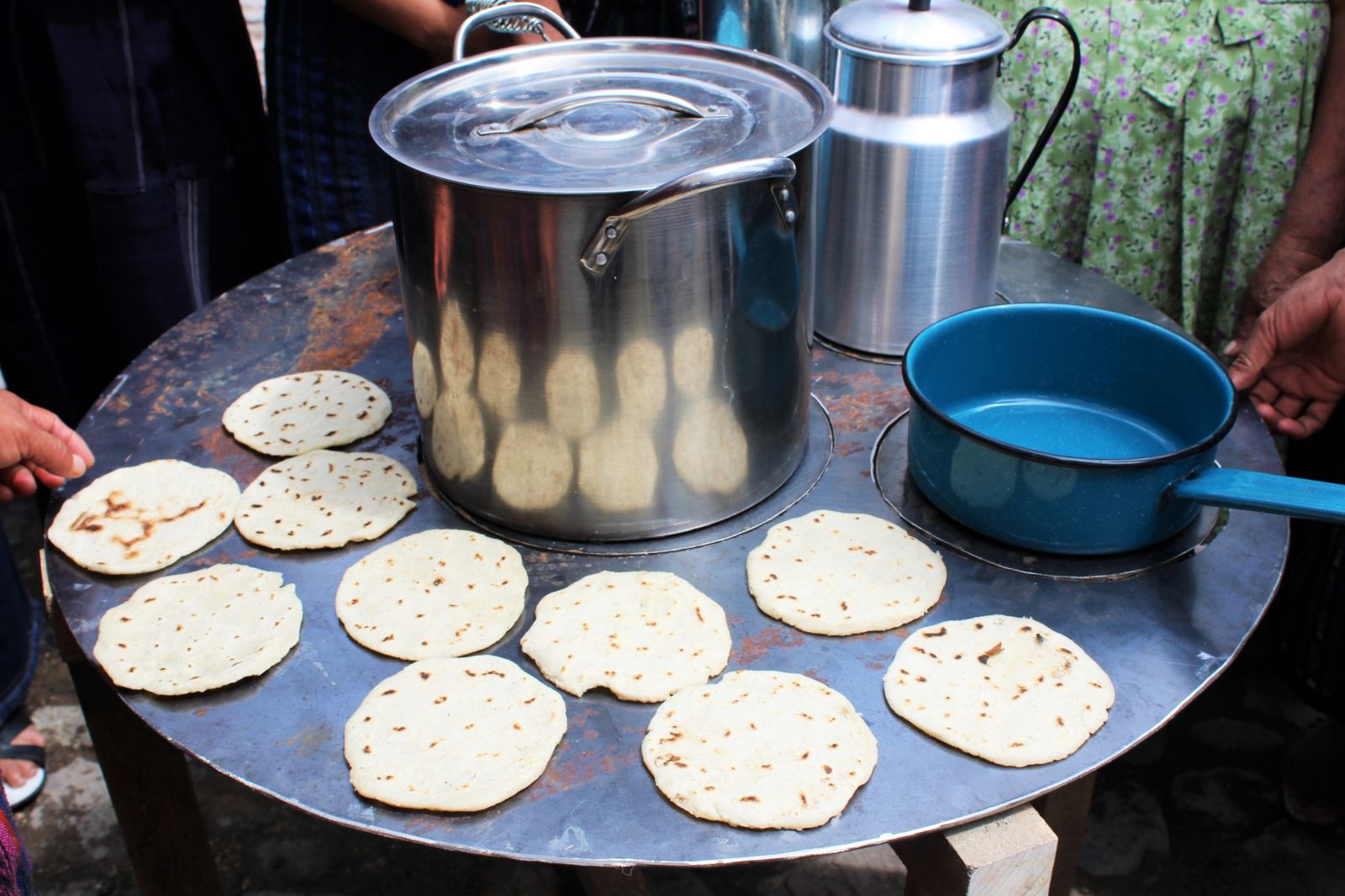
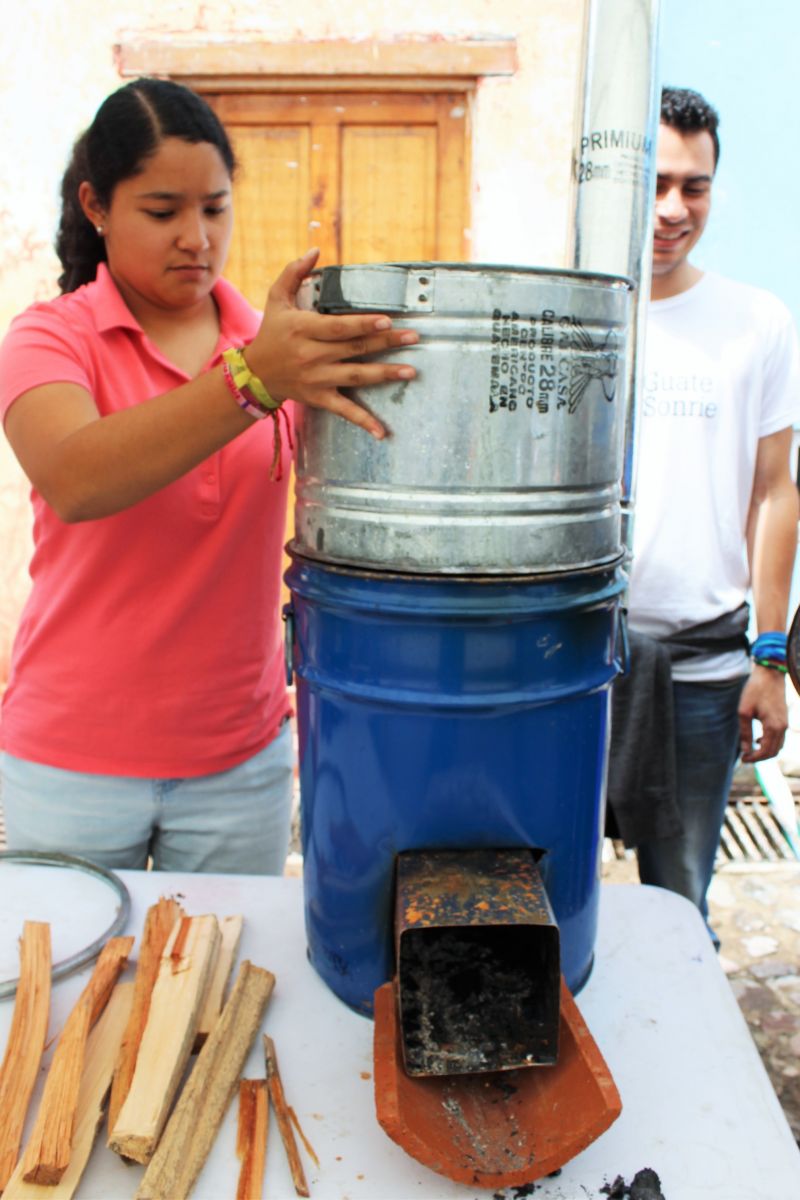
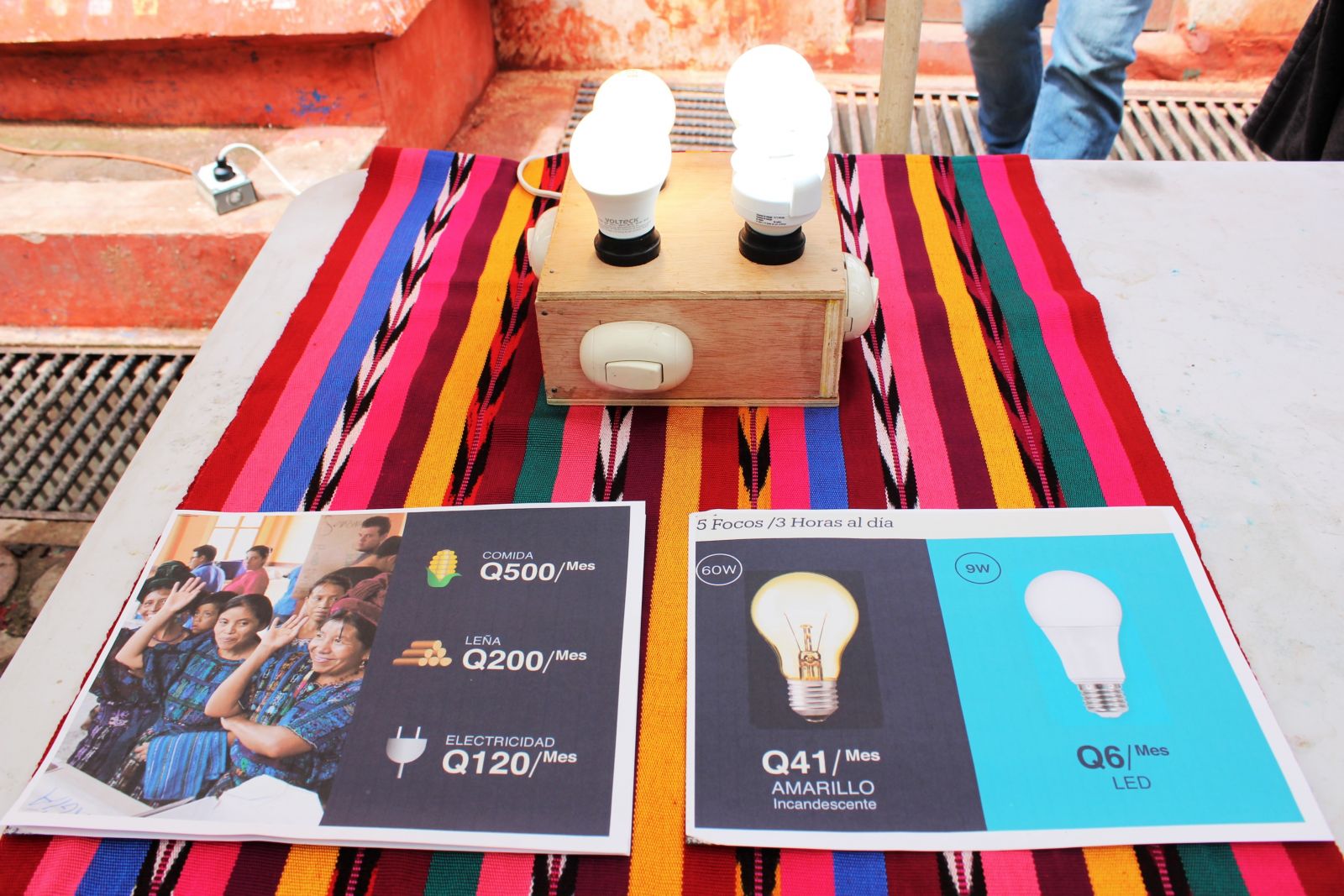
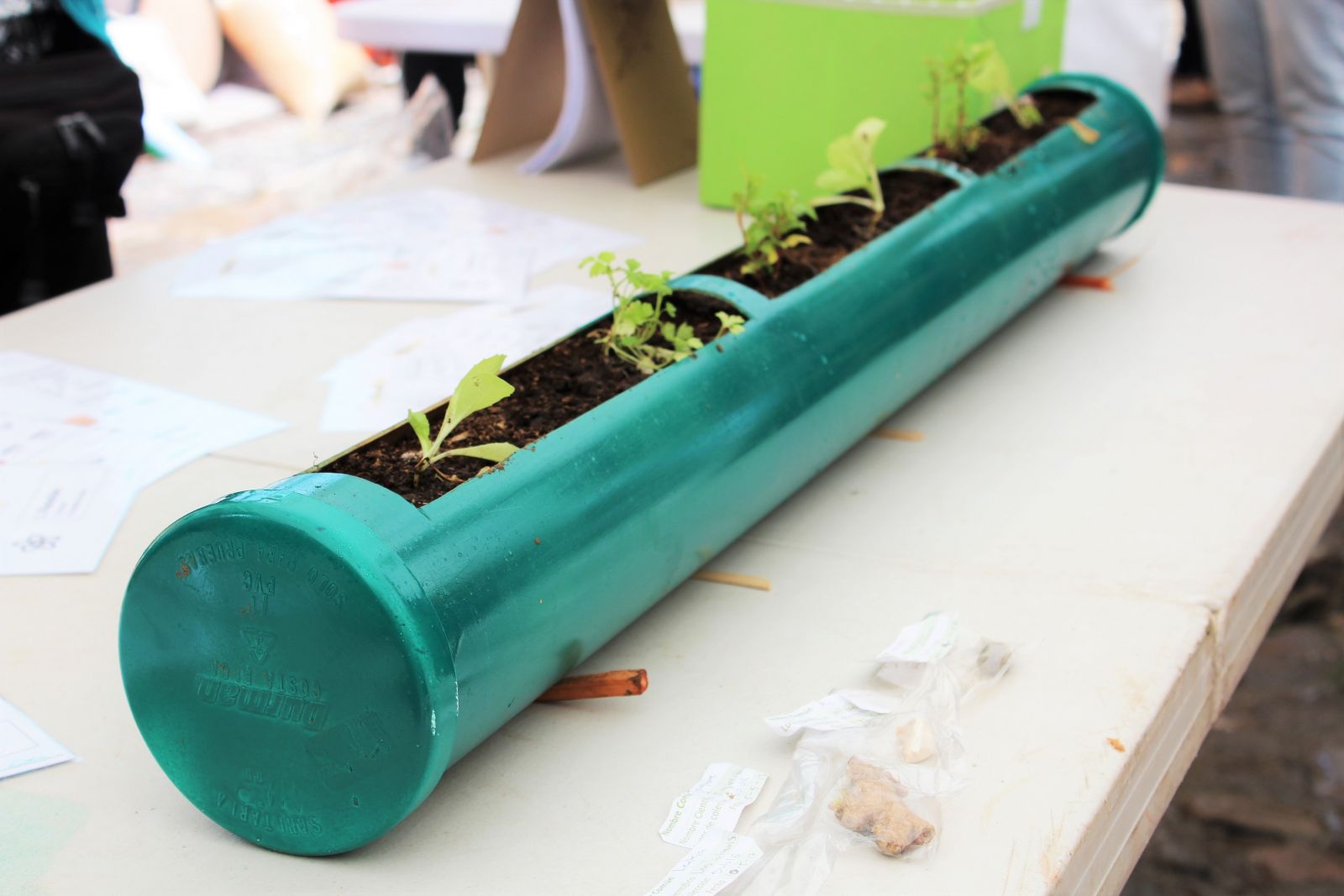
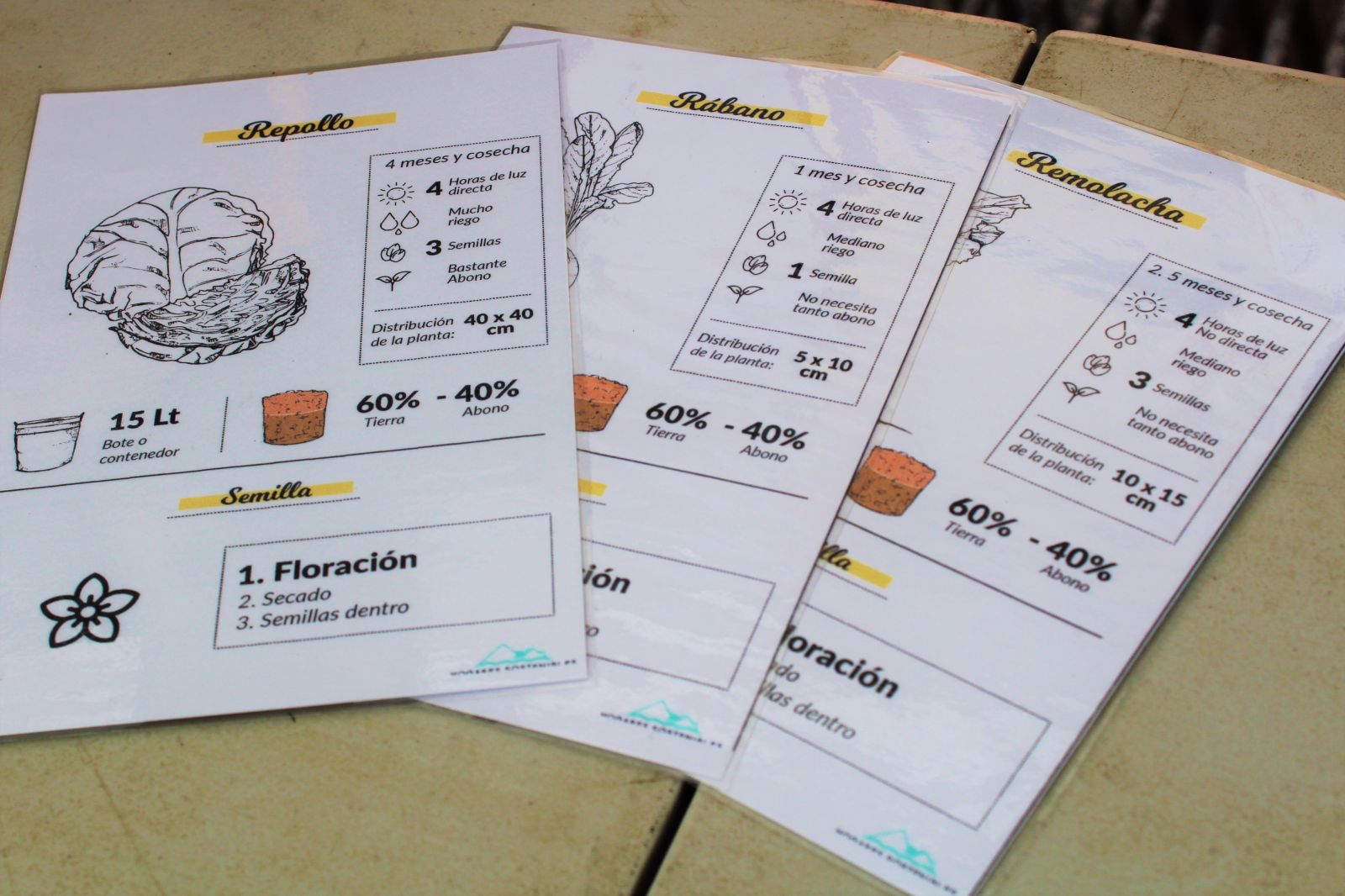
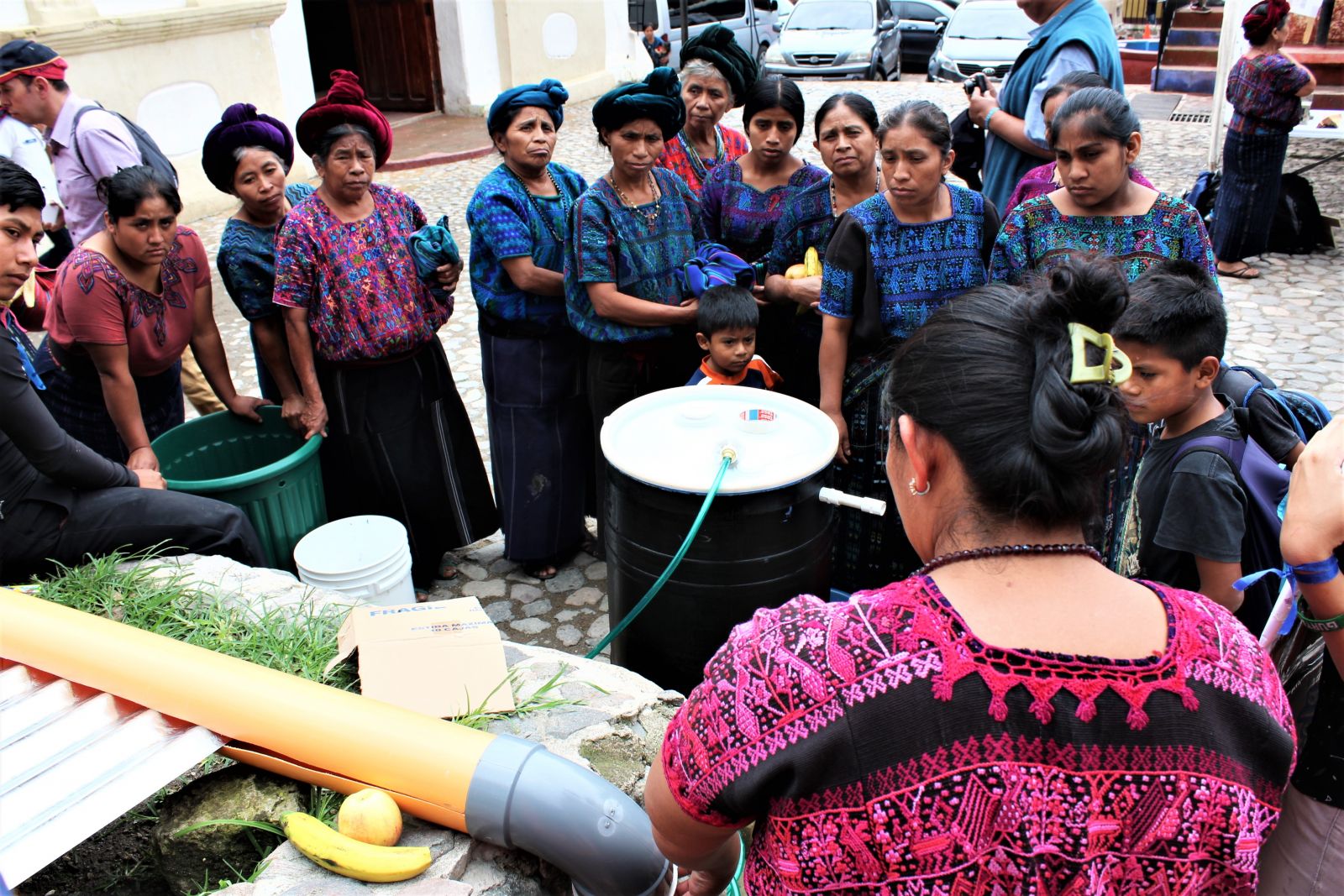
.JPG)
